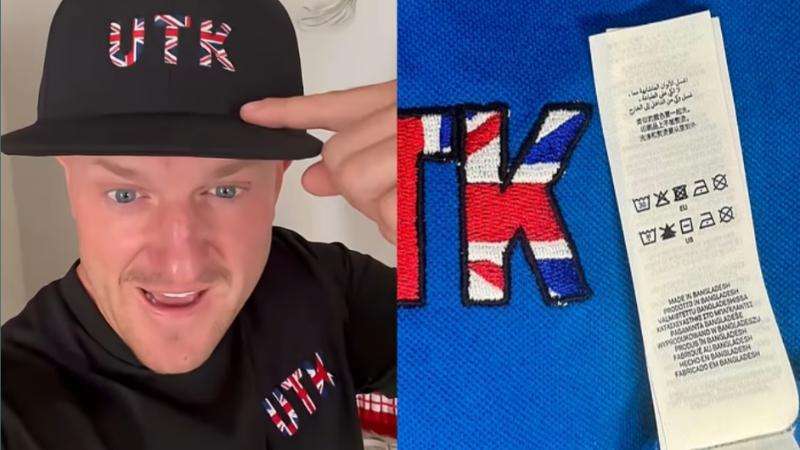Using a new device that keeps donor organs alive and breathing outside of the human body, surgeons have successfully completed a double lung transplant.
The machine was utilized for the first time in the United Kingdom during the surgery. Before the lungs are transplanted into patients, the innovative technology repairs, reconditions, and revitalizes them using a set of pumps and filters inside a bubble-like chamber.
The machine's ability to perfuse the lungs enables medical professionals to assess and, if required, prepare the organs for transplantation. Compared to the conventional technique of keeping lungs on ice, which can harm tissue, it also buys them a lot more time.
According to experts, the machine's introduction might significantly boost the NHS's lung transplant capacity, perhaps saving hundreds of lives annually. The Xvivo-made XPS system was initially used by 49-year-old Daniel Evans-Smith in the United Kingdom.
Before the operation at Royal Papworth hospital in Cambridge, Evans-Smith, an events manager, had developed chronic obstructive pulmonary disease (COPD), a condition that causes breathing difficulties and can worsen over time, limiting daily activities and sometimes requiring the use of oxygen.
After getting new lungs from a donor patient that were brought back to life using the XPS system, he woke up to find he no longer had COPD. “It’s amazing,” he said in an interview with the Guardian. “The difference is phenomenal.”
For more than five decades, the typical method for preserving lungs before transplantation was to cool them to just above freezing, slowing down their metabolic processes. This extends the window in which they can be transplanted, though only briefly.
Once cooled, however, it is impossible to properly assess their quality. Because lung transplants are complex and life-changing operations, surgeons tend to refrain from using organs of uncertain quality. It means only one in five donated lungs worldwide end up being used.
By giving doctors more time to examine lungs, the XPS system could mean fewer donor organs are wasted, and more patients get the call to receive a transplant. Evans-Smith was only on the waiting list for nine days.
The Royal Papworth team that performed the first surgery with the XPS system in the UK used a technique called ex-vivo lung perfusion (EVLP).
EVLP is a technique used widely in Europe and the US but has not been common practice in the UK. There have been a small number of EVLP transplants in the UK before, largely limited to clinical trials or relied on different machines.
Since their success with Evans-Smith, surgeons have performed transplants on three more patients using the XPS system.
The machine mimics the environment of the human body, allowing the lungs to inflate and deflate as normal. A special fluid maintains them and helps to restore normal function, allowing them to be maintained and even improved. The lungs can be preserved in this way for up to six hours.
If they perform well over at least three hours of testing, they are removed from the system ready for transplantation.
Evans-Smith was operated on by a multidisciplinary team led by the consultant surgeons Marius Berman, Giuseppe Aresu and Pradeep Kaul. After rehab in critical care and then on the surgical ward, he returned home to Northampton recently to continue his recovery.
Berman, the surgical lead for transplantation at Royal Papworth, said: “We are very proud to have become the first UK hospital to use this machine for a clinical ex-vivo lung perfusion case, which has helped to provide Daniel with suitable donor lungs. Without this innovation, he may still have been waiting for a transplant today.”
The chair of a national NHS lungs advisory group, Jasvir Parmar, said the machine marks a significant shift in doctors’ ability to evaluate and boost the quality of donated lungs.
“Once you have the lungs out of the body, you are then able to improve their performance, so it provides not just an assessment tool but also a therapeutic tool.”
NHS Blood and Transplant’s national medical director for organ and tissue donation and transplantation, Prof Derek Manas, said the machine could help reduce the organ donor waiting list.
“With more than 200 people currently waiting for a lung transplant, this significantly outweighs the number of suitable donor organs. It is vital that we support innovation to improve the chances that these desperately ill patients will get the call they are waiting for.
“We are grateful for the work to improve transplantation technology and techniques but most of all grateful to the patients and families who agree to save and improve lives through organ donation.”








.svg)



